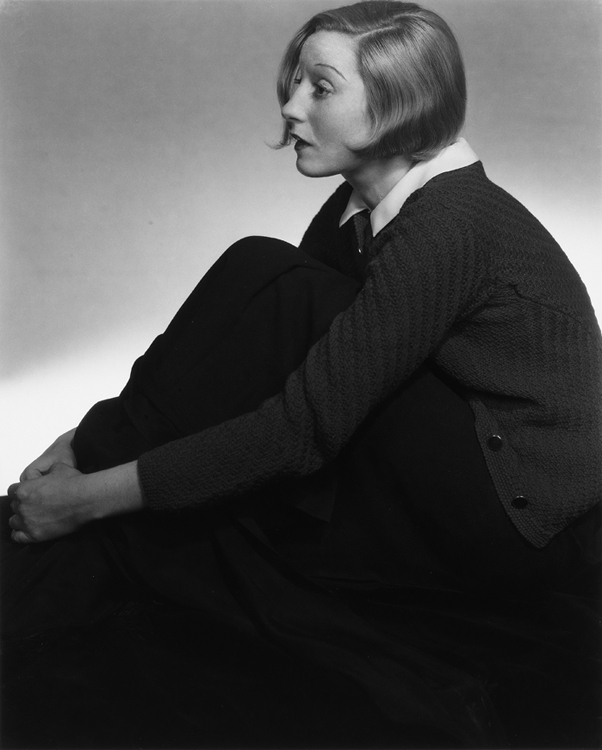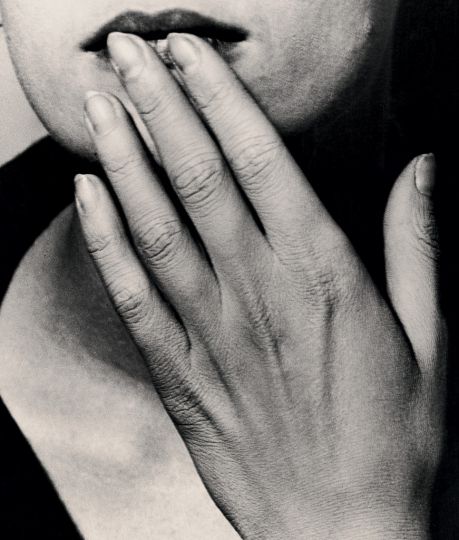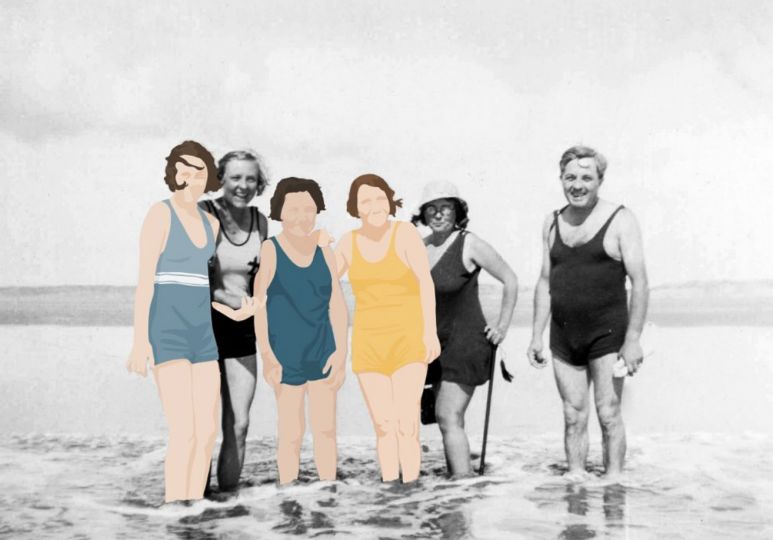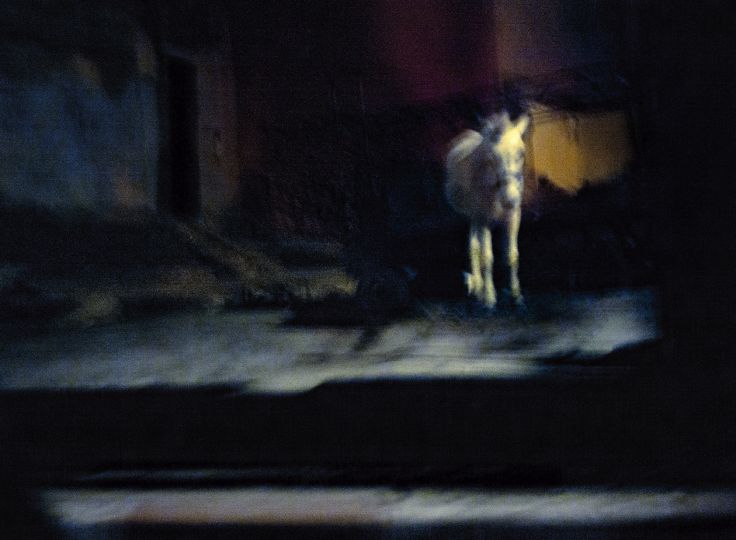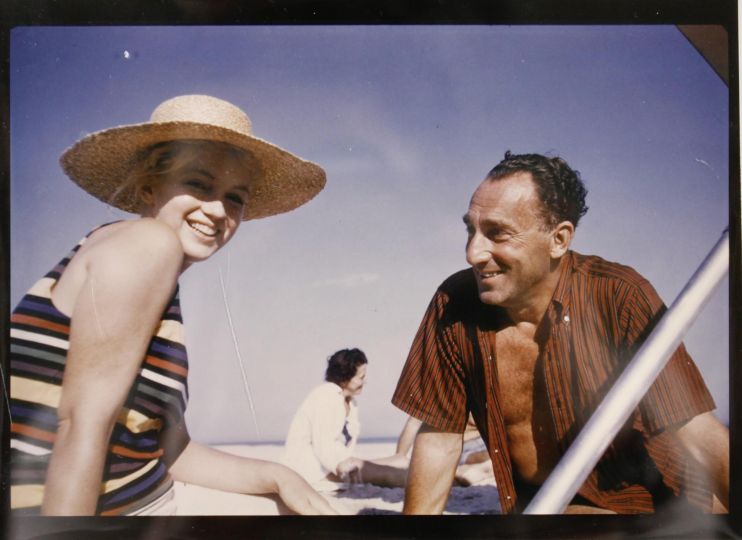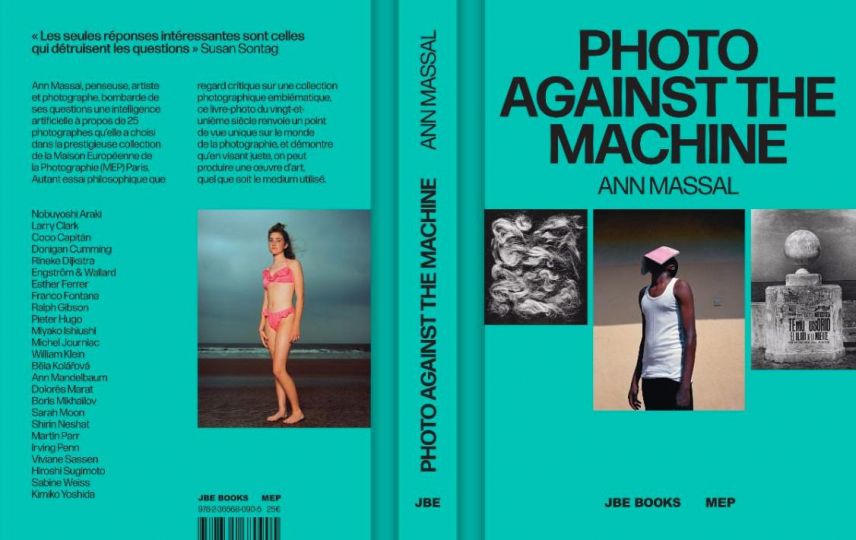Each collection has its own story and literature, and to exhibit it allows both the collector and the spectator to create their own story while organising the images. When preparing or contemplating a collection, the aim is not the acceptable, the conventional; it is exploring how and when this basic form of expression, which consists of looking or treasuring, crosses the threshold of the ordinary towards something more refined, provocative and long-lasting.
The image has gained an unequalled importance, since we are images in a saturated world, where photography has become something inherent in our lives. We remember because our memory is made of many snapshots taken to be remembered. To collect is to gather the world, and, undoubtedly, one photograph or another has to be chosen to evidence our way of seeing it. Each photograph breaks reality and frees a new one which will start its own enigmatic life.
Oliver Wendell Holmes, the first great critic of photography, wrote a lapidary phrase in which he said that with the arrival of photography you could make a crumpled ball of the world and throw it away because all its images had been finally gathered. He referred to the accuracy of its representation, but the photographers were ahead of that view and they would rarely imitate, since their truths were illusory. Sontag said that to collect photographs was to collect the world, but the world is not totally in them, but rather appears as a metaphor of what it really is.
When we contemplate work we can sense the education and sensitivity of the collector, his inclination to genres and authors and even discover his dreams and fears. The biography exposes and reveals itself openly. Thus, a choice, even that of another person, affects our own choices, and, undoubtedly, every exhibition is a point of view. And it is a subjective one, which is why objectivity can only be found in each image.
The spirit of the collection is somewhat orphan, since it was conceived to reflect photography, which, as an innovation, was born motherless. The images are simple fragments of reality. A reality shown as it was perceived by the eye which took it, even if it was not that “real”.
Every collection is chaotic, no matter how much some people insist on explaining its guidelines. But chaotic does not mean without order, but instead that the collection sometimes has its own natural order, like the world or the houses we live in. As Heidegger said, “We do not inhabit because we have built, but rather build and have built insofar as we inhabit, that is, insofar as we are who inhabit”.
Lola Garrido
Information
Kunst- und Kulturzentrum der StädteRegion Aachen
Austraße 9, 52156 Monschau, Germany
July 09, 2017 to September 10, 2017

